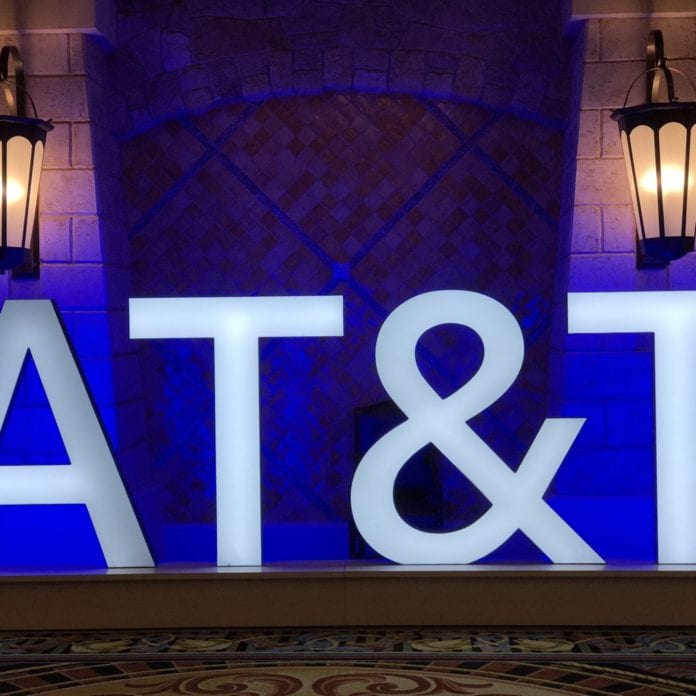AT&T TV pilot starting this summer; HBO Max to launch in 2020
With its $85 billion acquisition of Time Warner and its massive portfolio of video content, AT&T made a big bet on serving as the producer and distributor of media hopefully made even more financially beneficial through the data-driven ad platform Xander. And with the combination of AT&T and the new Warner Media, the network operator is giving customers no shortage of options for consumption.
In a recent quarterly earnings call with investors and media, AT&T CEO Randall Stephenson said “merger synergies remain on track” and called out “very strong HBO digital subscriber growth in the quarter and we’re set up really well for the second half of the year. This will be critical as we launch HBO Max” next year.
HBO Max is a new streaming service that Stephenson said would be further detailed in October. He also mentioned AT&T TV, another video service that will start a “beta launch…in a few markets” later this summer. “We’re going to learn from the pilot then we’ll expand to more cities as we go through the year.”
Given the centrality of video to AT&T’s larger network strategy, here we’ll take stock of all the different ways customers can access AT&T-owned content.
HBO Now gives you access to HBO’s programming for $15 a month without having to subscribe to a cable TV package. The subscription includes current original programming, an archive of old shows and a selection of movies available on any mobile device, set-top box or web browser. It had five million subscribers as of 2018.
HBO Gorequires a cable subscription to view content. It allows current HBO subscribers to watch HBO with a mobile device for no additional price (beyond what you pay your cable provider). There are 134 million HBO subscriptions, but how many of those have HBO Go subscriptions is unclear.
HBO Max is a standalone streaming service, meaning you don’t need a cable subscription to use it. It provides access to all of HBO’s current digital lineup, as well as new content from varieous WarnerMedia properties like CNN, TNT, TBS and Cartoon Network. Like Netflix, HBO Max will also produce new, original content.
AT&T U-verse has three payment tiers: internet and U-Verse TV with access to 180+ channels for $75/month, internet-U-Verse and digital home phone for $94.99/month, and internet and U-Verse TV with access to 470+ channels for $100/month.
AT&T Watch TV is a streaming service that allows you to watch live TV without a cable or satellite subscription for $15 a month. In Feb, it was reported to have 500,000 “accounts established.” The company was careful not to call these subscribers, suggesting that many of these accounts are not yet paying a monthly fee.

